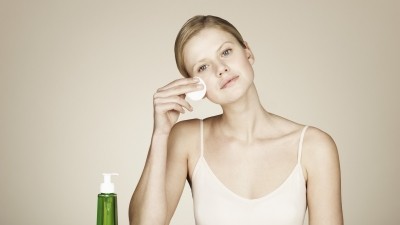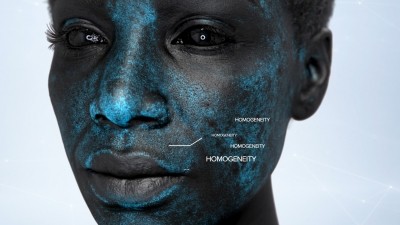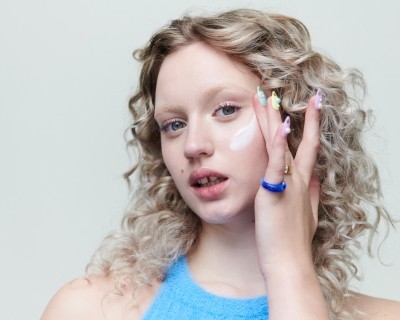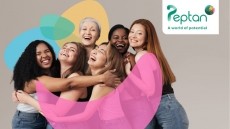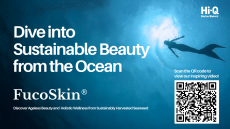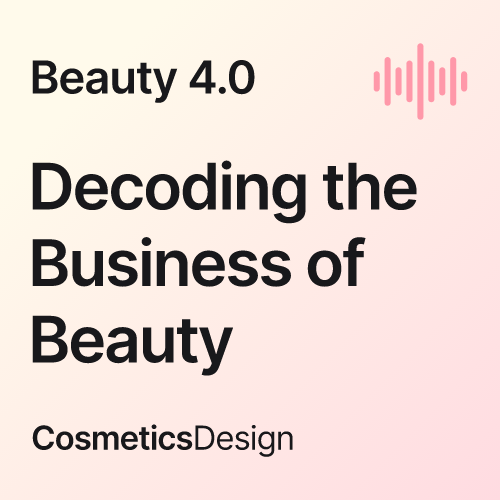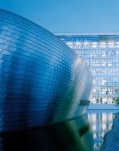Cosmetics innovation in the Middle East & Africa markets
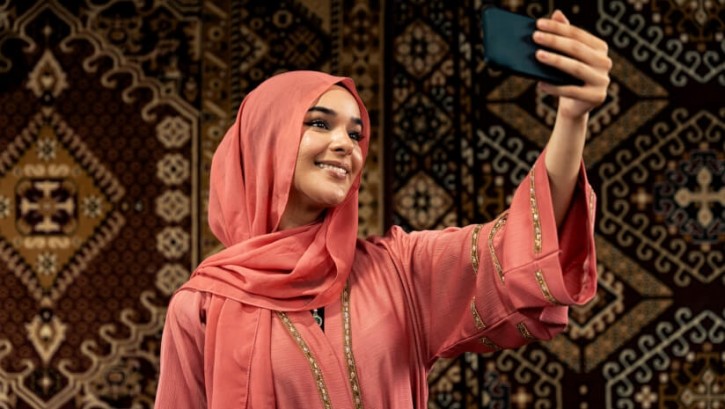
The Middle Eastern and African markets have long been grouped together and talked about as the markets of the future in terms of expansion, and it seems that the wheels are truly in motion now.
The CEO of the world’s biggest beauty company, L'Oréal Group, recently talked about the businesses successes and expansion in emerging market countries during the company’s half-year financial results call in July.
Two of the group’s derma skin care brands CeraVe and La Roche Posay recently launched into Nigeria via Kong Health, while colour cosmetics brand L'Oréal Paris has appointed the Nigerian actress and beauty blogger Temi Otedola as its first African Digital Ambassador to front a campaign for its Infallible Makeup Range.
In 2022, Rihanna’s Fenty Beauty range stood out in the crowd as it launched into Botswana, Ghana, Kenya, Namibia, Nigeria, South Africa, Zambia, and Zimbabwe.
Beauty brand launch activity now continually picks up across both Africa and the Middle East. Shu Uemura and Lanolips have recently ventured into the Middle East; while last week, H&M Beauty launched into the South African capital Johannesburg, according to a shopping centre in the wealthy suburb of Sandton.
The Indian company Nykaa opened a branded store in Dubai, featuring big brands like Kylie Cosmetics, Rituals, Mary Kay and Stila and subsequently targeted Qatar. It said it planned to open 70 stores in the GCC over the next five years – aiming for a 7% share in the Gulf Cooperation Council's prestige beauty market.
55% of the population under 30
A recent Middle East Market Report from BeautyWorld in collaboration with BeautyMatter highlighted the region’s young, digitally-connected population as a key driver of growth.
It declared that a huge 55% of the MENA population is under the age of 30, compared to 36% in Organisation for Economic Cooperation and Development (OECD) countries. Many of these young people are increasingly tech-savvy and very engaged with beauty.
In June 2024, Mark Zuckerberg’s Meta introduced new monetisation features for content creators in Nigeria and Kenya. These options include in-stream ads and Instagram gifts, to enable creators to transform their passion into a source of income, as the beauty industry in Africa continues to experience rapid growth.
Strongest performance in Saudi Arabia
According to Euromonitor International’s report on the Middle East & Africa, which was published in July 2024, last year (2023) was a year of positive growth in ‘real value terms’ in the Middle-East and Africa.
According to the market intelligence company, the strongest performance was in Saudi Arabia, which is the region’s biggest market.
The same report also noted that there is increased demand for natural and ethical products and a growing trend towards ‘clean beauty’ in many categories and that this demand is being met by brands such as RÓEN and Glow Recipe, which offer vegan and cruelty-free products that use sustainable ingredients and packaging.
In this market, grocery retailers and health and beauty specialists dominate distribution, but Euromonitor predicts that a gradual shift to omnichannel operations is being seen in the region.
The e-commerce share of beauty and personal care retail sales is relatively small in most countries but is generally continuing to grow.
According to the market intelligence firm, there has also been a steady widening of the pricing gap between mass and prestige beauty products in the United Arab Emirates, from around 70% to 75-85%.
“Increasing disposable incomes among local consumers have seen a growing willingness among shoppers to pay a premium for quality ingredients, unique formulations and luxurious experiences,” said Euromonitor.
“Many beauty brands are therefore expanding their high-end product ranges to meet this growing demand.”
It also highlighted that Saudi Arabia is targeting 100 million visitors a year to the country by 2030 as part of its Vision 2030 policy.
Middle East & Africa are beauty innovation hotspots
But it’s not only European brands that want to launch in these markets.
According to Mintel global beauty analyst Clotilde Drapé, over the past year, the Middle East and Africa have been hot spots for local beauty and personal care product innovation. This is particularly noteworthy considering that globally, innovation is at a ten-year low.
According to Drapé, beauty brands in the Middle East and Africa (MEA) region are looking to cater to the specific needs of local consumers with “products that leverage local ingredients, traditions but also climate conditions.”
And while the Middle East region is mostly famous for its demand in the fine fragrance space, more brands are also launching in categories such as skincare or colour cosmetics.
She detailed some key innovations in the Middle Eastern/African markets, which have included: Asteri Beauty's 45 Degree Blush, which is designed for the Saudi Arabian climate; UAE brand Peacefull, which created a South Korean skincare range tailored for the Middle East; Kiss Beauty Make Up Fix Spray SPF 30 Isolation; and Niya Liquid Foundation.
“Brands like Asteri Beauty for example, positioned itself as a “desert-proof” makeup brand offering products, like its 45 Degree Blush that features local ingredients such as date-seed oil for hydration and long-lasting formulas built to resist extreme heat conditions,” she shared.
Drapé also highlighted the local celebrity brands that are increasingly being launched in the region, such as Peacefull skincare, which was launched in 2021 by Salama Mohamed, an entrepreneur who became famous via social media.
“The founder has built her brand around her community of online followers and reached for new consumers by putting values such as inclusivity and acceptance at the heart of the brand’s message,” explained Drapé.
“The brand also caters to an increasingly demanding skin care consumer by using Korean science and technology and region-adapted formulations,” she continued.
“In MEA, emerging beauty brands are embracing the cultural heritage and diversity of the region by empowering local communities and catering to specific consumer needs,” she concluded, giving the example of Salwa Petersen in Chad, which uses an indigenous, locally and organically grown and harvested Chèbè plant in its products, which it claims can promote hair growth.”


